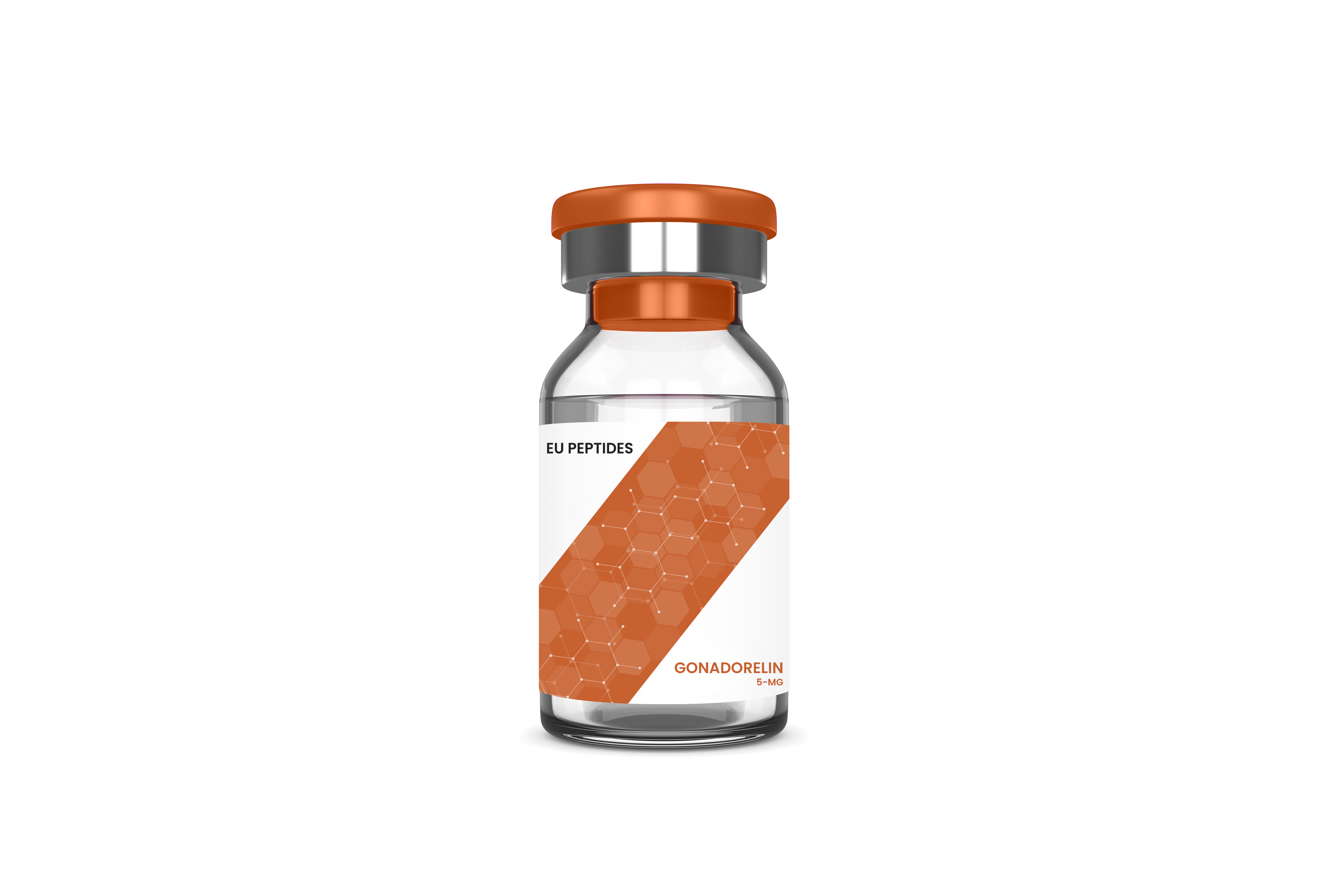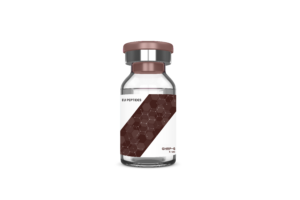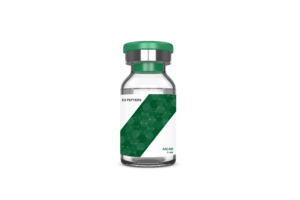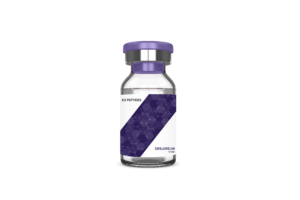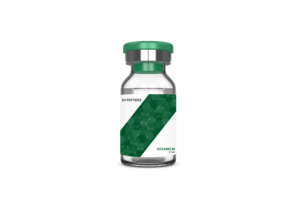Pharmacokinetics
Gonadorelin, a GnRH agonist, has a well-understood mechanism of action. In summary, the GnRH receptor is responsible for the release of gonadotropins, sex hormones that are released by the pituitary gland. These include hormones such as follicle-stimulating hormone and luteinizing hormone. When introduced to the body, gonadorelin binds to the GnRH receptor, prompting the release of hormones.[1]
Scientific Studies
Many studies have been conducted on animal subjects’ reactions to gonadorelin. Effects relating to hormone production are well observed in multiple trials. In a study on gonadorelin’s effects on dairy cows, increased production of luteinizing and follicle-stimulating hormone was observed. This resulted in increased fertility rates.[3] Another promising study on bulls demonstrated increased testosterone production. Following regular administration of gonadorelin, testosterone levels in the bulls were found to be increased by 6 times.[2]
Sources:
[1] https://pubchem.ncbi.nlm.nih.gov/compound/Gonadorelin
[2] https://www.tandfonline.com/doi/abs/10.1081/DDC-100102176?journalCode=iddi20
[3] https://www.ncbi.nlm.nih.gov/pubmed/25979657
[4] https://www.ncbi.nlm.nih.gov/pubmed/2917954
[5] https://www.mayoclinic.org/drugs-supplements/gonadorelin-intravenous-route-injection-route/proper-use/drg-20067426?p=1

